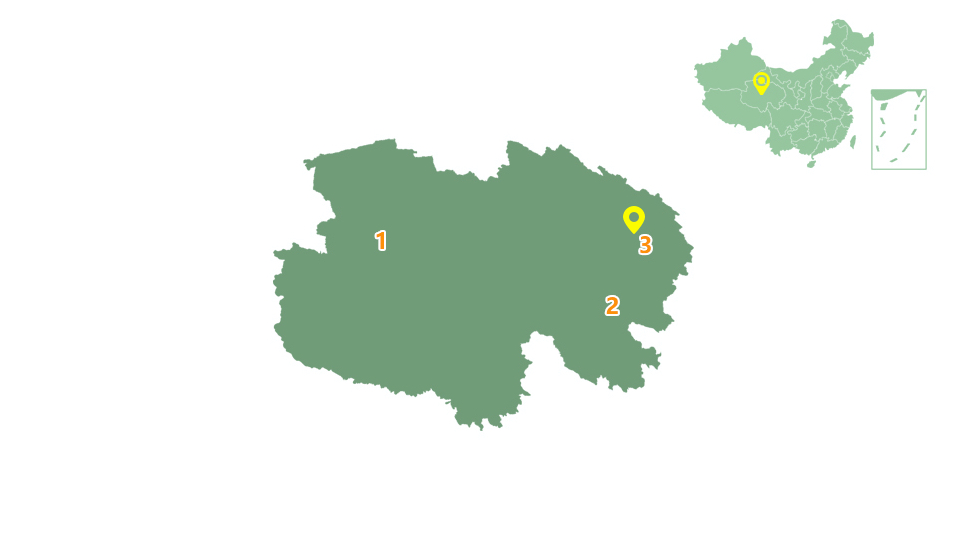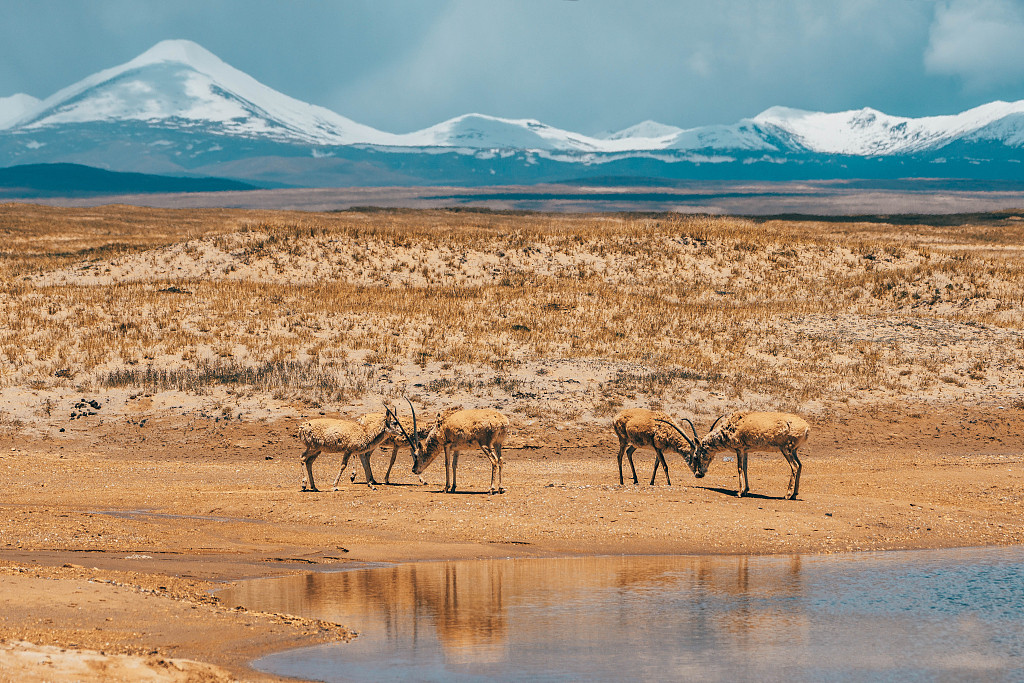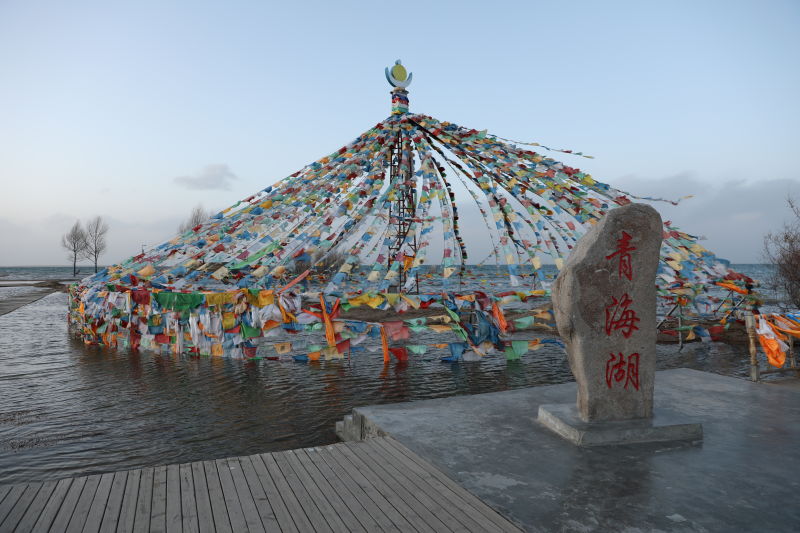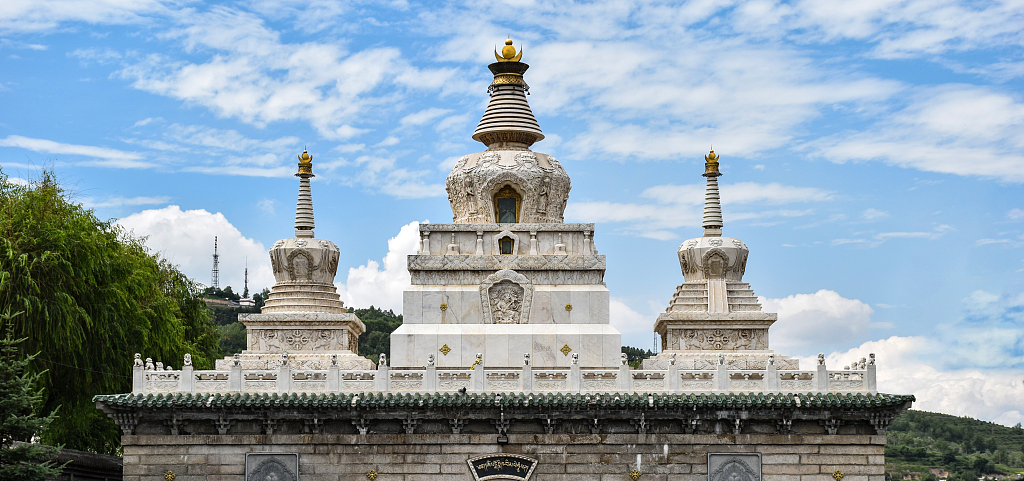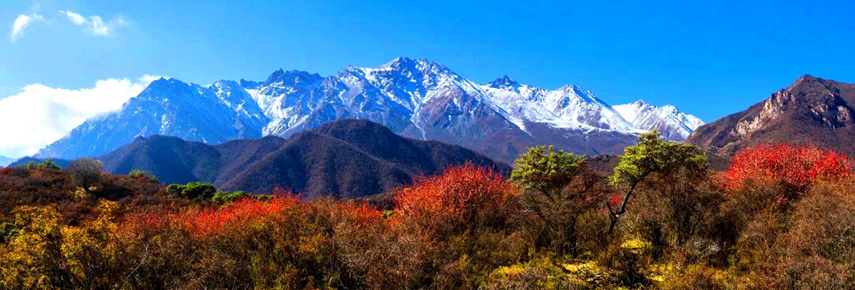
Kayang Village, Xining City, Qinghai Province, China
Kayang Village is located in the southwest of Lanlongkou Town, Huangzhong County, Xining City, Qinghai Province. There are huge mountains and deep valleys around the village. Transport in the area used to be very inconvenient and the economy was backward. The village had 265 households with 926 people including 44 impoverished households with 131 people. Since 2015, Xining Xiangqu Agricultural Science and Technology Co., Ltd. has been working for the overall development and construction of Kayang scenic area. Years of hard work has turned Kayang Village into a scenic area with chirping birds and flowers everywhere, new roads connecting with the village and new houses with hanging lanterns. The per capita annual income of Kayang Village increased to 12,480 RMB in 2017 from 2,850 RMB in 2015 . In December 2016, Kayang Village became the first village in Qinghai Province to be lifted out of poverty and get rich, earning the titles of "national demo village for poverty alleviation through rural tourism" and "China's beautiful countryside".






